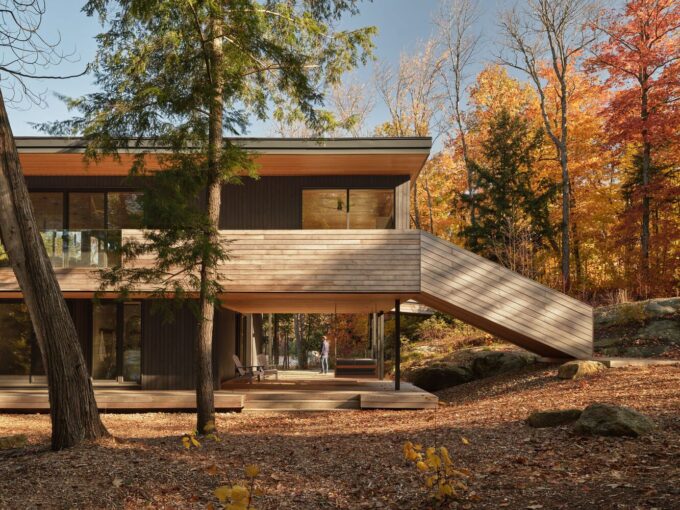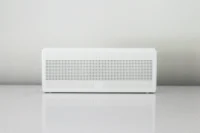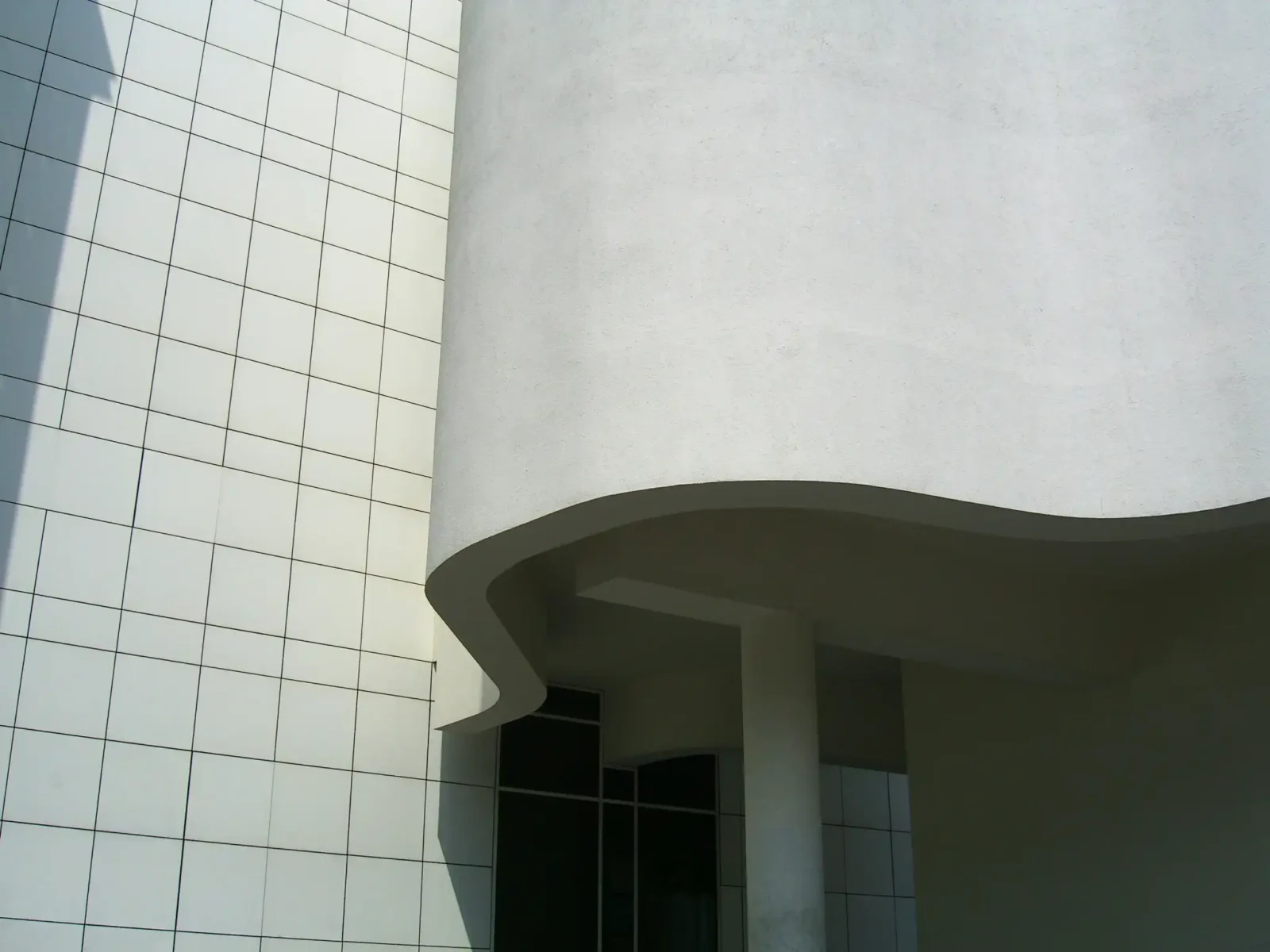- Home
- Articles
- Architectural Portfolio
- Architectral Presentation
- Inspirational Stories
- Architecture News
- Visualization
- BIM Industry
- Facade Design
- Parametric Design
- Career
- Landscape Architecture
- Construction
- Artificial Intelligence
- Sketching
- Design Softwares
- Diagrams
- Writing
- Architectural Tips
- Sustainability
- Courses
- Concept
- Technology
- History & Heritage
- Future of Architecture
- Guides & How-To
- Art & Culture
- Projects
- Interior Design
- Competitions
- Jobs
- Store
- Tools
- More
- Home
- Articles
- Architectural Portfolio
- Architectral Presentation
- Inspirational Stories
- Architecture News
- Visualization
- BIM Industry
- Facade Design
- Parametric Design
- Career
- Landscape Architecture
- Construction
- Artificial Intelligence
- Sketching
- Design Softwares
- Diagrams
- Writing
- Architectural Tips
- Sustainability
- Courses
- Concept
- Technology
- History & Heritage
- Future of Architecture
- Guides & How-To
- Art & Culture
- Projects
- Interior Design
- Competitions
- Jobs
- Store
- Tools
- More
Font Usage in Architectural Designs: Enhance Aesthetics and Improve Communication
Discover how font choices play a pivotal role in architectural design, shaping communication, mood, and identity within spaces. Learn tips for selecting typefaces that enhance aesthetics, improve usability, and align with architectural themes, ensuring clarity, brand cohesion, and a seamless user experience in everything from signage to custom typography.

There is a big role fonts in architectural design than we might think. They’re not just about words; they’re about communication, mood, and identity. The right typeface can elevate a space, blending seamlessly with the structure’s aesthetic while conveying its purpose and personality.
As architects, designers, or enthusiasts, we know every detail matters, and typography is no exception. Whether it’s signage, blueprints, or branding, the fonts we choose can influence how people experience and interact with a space. From sleek modern sans-serifs to timeless serif styles, each font tells its own story.
Let’s explore how thoughtful font selection enhances architectural designs and why typography deserves a prominent place in our creative process.

Table of Contents
ToggleImportance Of Fonts In Architectural Designs
Typography plays a key role in connecting visual elements with architectural intent. Fonts communicate a building’s purpose, aligning its identity with the spatial experience it offers. For instance, a modern sans-serif typeface complements contemporary designs, while serif fonts often suit classical or historical buildings.
Clear font choices improve readability and guide navigation in architectural spaces. In signage, legible fonts ensure visitors can quickly understand directions, reducing confusion in high-traffic areas like airports and hospitals. Bold, contrasting typefaces can also draw attention to critical information, such as emergency exits or restricted zones.
Fonts contribute to the aesthetic harmony within architectural designs. Cohesion between fonts and physical structures enhances the overall visual impact. For example, geometric fonts pair well with minimalist architecture, while ornate typefaces may resonate with baroque or Gothic structures.
In branding, font usage expresses the ethos of architectural projects. Unique typography can strengthen a project’s market identity, making it memorable. Architectural firms often adopt consistent font styles across blueprints, presentations, and signage to maintain brand uniformity.
Selecting the wrong font undermines architectural design by creating dissonance. Poorly matched typography may confuse occupants or fail to convey the intended emotional tone of a space. Prioritizing font selection from the start of the design process ensures better alignment with architectural objectives.
Key Considerations For Font Selection
Choosing the right font in architectural design requires a balance between functionality and aesthetics. Each typeface contributes to the building’s overall communication and user experience.

Legibility And Readability
Legibility ensures individual characters in a font are distinguishable, while readability covers how well text can be understood as a whole. Clear, sans-serif fonts like Helvetica or Arial often work well in wayfinding signage for spaces such as airports or hospitals where swift comprehension is necessary. For detailed text, serif fonts like Times New Roman, with their distinct features, may enhance character recognition. Adequate spacing and a contrast between text and background further improve readability.
Style Compatibility
Fonts need to align with the architectural theme to reinforce the overall design. Modern structures pair seamlessly with clean, minimalist typefaces such as Futura or Roboto. In contrast, traditional buildings often call for classic fonts like Garamond or Baskerville to complement their timeless style. Choosing typefaces in line with the project’s texture, color schemes, and material palettes ensures visual harmony.
Scalability And Proportion
Fonts must adapt across multiple sizes without losing clarity or balance. Scalable typefaces, such as Open Sans or Verdana, maintain legibility when displayed on large exterior signage or small interior plaques. Proportional type ensures the font neither overwhelms nor looks insignificant within a spatial context. For example, oversized signage in open public areas requires broader kerning and bold weights to be perceived from afar, while smaller inscriptions demand finer details for refinement.
Popular Font Types Used In Architectural Designs
Font choices play a critical role in architectural design, shaping how spaces convey information and communicate their identity. Below, we explore the most popular font types used in architectural contexts.

Serif Fonts
Serif fonts, characterized by small strokes or feet at the ends of letters, bring a sense of tradition and elegance. These fonts, such as Times New Roman and Garamond, align well with classic or historical architectural styles. Their durability in detailed signage and branding makes them ideal for museums, cultural centers, and heritage buildings. Serif typefaces often evoke sophistication, making them suitable for spaces that demand a timeless aesthetic.
Sans-Serif Fonts
Sans-serif fonts, defined by their clean, modern lines, deliver clarity and simplicity. Typefaces like Helvetica, Arial, and Futura work well in contemporary designs and high-traffic areas such as airports, hospitals, and shopping malls. Their legibility at various scales ensures effective communication in wayfinding systems. These fonts create a minimalist appeal, enhancing the modern identity of a building while prioritizing readability over ornamentation.
Custom Typography
Custom typography allows architects and designers to create unique typographic identities tailored to specific projects. By crafting bespoke typefaces, we enhance branding and convey a sense of originality in spaces like corporate offices, retail stores, and luxury hotels. These designs integrate seamlessly with architectural elements, creating a cohesive narrative. Custom fonts often reinforce the purpose and exclusivity of the project, making them a powerful tool for brand storytelling.
Impact Of Fonts On Visual Communication
Typography shapes how architectural environments communicate. Fonts reflect design intent, influence perception, and reinforce the connection between space and its purpose.

Reinforcing Design Themes
Fonts align architectural elements with thematic goals. Specific typefaces complement styles and evoke moods. For example, serif fonts like Trajan reflect classical design principles, enhancing historical or formal settings. In contrast, sans-serif typefaces like Futura blend seamlessly with contemporary or minimalist designs, emphasizing innovation and simplicity.
Architectural signage benefits from fonts that resonate with a project’s identity. A luxury hotel integrates elegant script fonts to embody sophistication, while industrial spaces utilize bold, geometric fonts to communicate strength and functionality. Consistent font choices unify design elements, ensuring cohesion throughout.
Enhancing User Experience
Readable typefaces improve usability in architectural spaces. Clear font styles simplify navigation and reduce cognitive load in environments like hospitals or transit hubs. For instance, Open Sans increases legibility on directional signage, aiding orientation in complex layouts.
Proportional scaling ensures fonts maintain clarity across various formats. Large-format text aids wayfinding in expansive areas, while smaller details sustain readability in informational displays. Thoughtful font placement and kerning maximize visual comfort, enriching user interaction without overwhelming the space.
Tips For Effective Font Usage In Architectural Projects
Effective font selection enhances both the functionality and aesthetic appeal of architectural designs. By applying thoughtful typography, we create cohesive spaces that align with their intended purpose and user experience.

Balancing Aesthetics And Functionality
Selecting fonts that achieve both visual appeal and usability is essential in architectural projects. Fonts must align with the building’s design theme to create harmony while remaining practical for their respective applications. For example, in contemporary spaces, minimalist sans-serif fonts like Helvetica reinforce clean and modern design elements. In contrast, serif fonts like Baskerville complement traditional architectural aesthetics through their refined character.
Prioritizing legibility ensures fonts serve their functional role. For high-visibility elements, such as signage, typefaces must remain clear in various lighting conditions and from different viewing distances. Wayfinding systems utilize straightforward and crisp fonts, ensuring visitors can navigate spaces efficiently without confusion.
Avoiding Overuse Of Fonts
Limiting font varieties enhances design consistency and readability. Using two or three complementary typefaces maintains a cohesive visual identity and prevents architectural spaces from appearing cluttered. For instance, combining a bold sans-serif headline font with a readable serif typeface for body text establishes a balanced contrast while retaining uniformity.
Overloading designs with too many fonts can undermine communication and distract users. To avoid this, we recommend applying strict hierarchy in font usage. Assign specific typefaces to distinct functional areas, like signage, informational boards, or decorative elements, ensuring clarity and visual order across the project.
Conclusion
Font usage in architectural design directly influences how spaces communicate and function. Our approach should integrate typography seamlessly with architectural themes, emphasizing both readability and aesthetics. By selecting fonts that align with design intent and ensuring clarity across various applications, we enhance user experiences and reinforce a building’s identity.
Prioritizing legibility in signage, especially in high-traffic environments, improves navigation and accessibility. Leveraging serif fonts for classic aesthetics or sans-serif fonts for modern simplicity allows us to create harmony between typography and spatial design. Custom typefaces remain vital for branding, enabling unique architectural expressions tailored to specific projects.
Balancing font variety with consistency strengthens visual order and design coherence. Establishing a hierarchy in typography helps guide attention effectively, ensuring that messaging remains purposeful and visually engaging. By maintaining these principles, we align typography with functional and aesthetic objectives, optimizing the impact of architectural design.
- aesthetic architectural font styles
- architectural aesthetics fonts
- architectural design fonts
- architectural diagrams fonts
- architectural lettering styles
- architecture font choices
- best fonts for architectural plans
- clear fonts for design presentation
- design communication fonts
- font selection for blueprints
- font usage in construction documents
- fonts for architecture
- fonts for building design
- fonts to enhance building design
- improving architectural communication with fonts
- menu fonts for architecture
- professional fonts for architecture
- stylish fonts for architects
- typography in architecture
- typography in building design
Submit your architectural projects
Follow these steps for submission your project. Submission FormLatest Posts
The Ultimate Guide to Fencing in North Dakota: Choosing the Best Fence for Your Property
Watching a chain link fence twist in 70 mph winds near Minot...
Gaudí: Where Architecture Meets Science
Gaudí: Where Architecture Meets Science shows catenary arches, ruled surfaces, and biomimicry...
How Housing Market Forces Shape Architectural Design Today
Architecture never exists in isolation. Buildings rise from a mix of ambition,...
Why Portable Formaldehyde Gas Detectors Matter on Construction Sites
As construction practices shift toward more enclosed and material-intensive environments, the risk...












Leave a comment